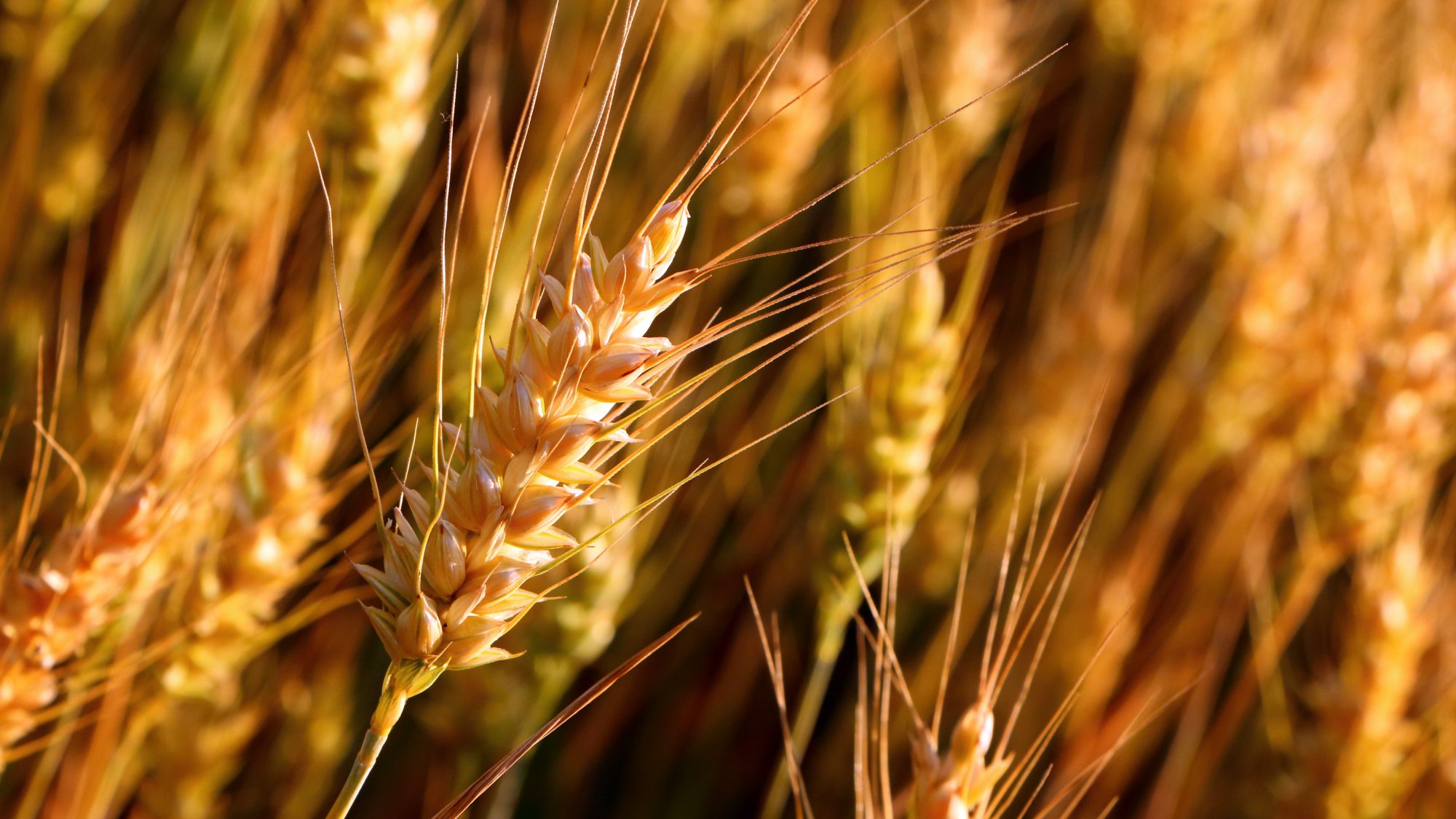



Article by: Hari Yellina
Grain farmers in Australia are gearing up for the main sowing season as global wheat prices hit decade highs over fears of a Russian invasion of Ukraine disrupting global trade. Because Russia and Ukraine account for over a third of all grains and oil seeds sold globally, any stoppage in shipping induced by conflict or sanctions would have a significant impact on the market. According to Brett Hosking, an Australian grains farmer, the tension was causing anxiety, but it was unlikely to affect what growers planted.
After years of drought, many grain producers in Australia have just harvested back-to-back bumper crops, making Australia one of the world’s largest wheat exporters. Around April, the planting window for the upcoming wheat season opens. While there is likely to be a short-term rise in wheat prices for Australia, Mr Hosking, chair of GrainGrowers Australia, noted that pricing might vary dramatically between now and when crops are planted and harvested. “Any crop is an excellent choice at the time,” he said, citing rising commodity prices.
The increasingly tense situation on the Russia-Ukraine border, where troops are stationed, has influenced global currency, commodity, and equities markets, with investors seeking safe-haven assets. Officials from the United States have warned that an invasion might occur at any time. If there is a full-scale conflict and grain shipments from the Black Sea region are taken from the already tight global market, according to Rabobank agricultural analyst Dennis Voznesenski, global wheat prices might climb by 50% or more. Wheat is particularly price sensitive, according to M Voznesenski, because purchasers can’t easily substitute it for alternatives.
Mr Voznesenski explained, “Wheat is probably the most reactive since wheat is the most inelastic in terms of demand.” Wheat prices are already at multi-year highs, so this is just another item to add to that. In recent years, Australian farmers have taken advantage of favourable growing circumstances by selling grain into a market with high demand, owing in part to bad harvests in key northern hemisphere grain-producing countries. Wheat prices around the world are at levels last seen in 2013, when dry weather slowed production, particularly in the United States.